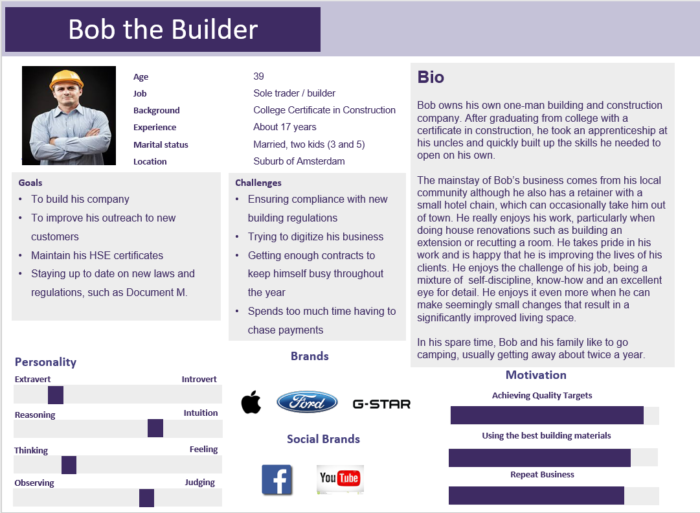Marketing segmentation can be summed up fantastically by a single anonymous quote, “Why do we need Market Segmentation? The answer is quite simple. You can’t wear size 6 shoes if your feet are a size 9. Everyone has different needs.” This is of course only a summation so let’s delve a little deeper into what this means.
Analyse, analyse, analyse
Before you can segment your market, you need to know what your market is and who it’s made up of. This means you’ll have to do an audience analysis. The first and most obvious piece of audience analysis you can do is research who your competitors are reaching out to as you’ll likely be looking at the same market. There are also other tactics such as qualitative and quantitative research along with surveys and focus groups. This analysis should provide you with a comprehensive understanding of the target market and the needs, desires, challenges, and plans of the key players in this domain.
Peel the orange
Once you have identified your market, you can begin to segment it. What this means is that you divide your consumers into smaller subgroups so you can cluster them into more similar units. You can cluster them by such things as common needs, similar lifestyles, or locations. Others can include:
- Industries
- Professions
- Roles
- Firmographics
- Demographics
The point of segmentation is to identify high-yield segments – that is those segments that are likely to be the most profitable or have a high potential for growth. These are the ones you should focus on. We can then give these segments more precisely targeted marketing and personalized content. Now that we have our segments, it’s time to create a Buyer Persona.
Who is your customer?
A Buyer Persona is a semi-fictional portrait of your ideal customer in one of the subset groups. Previous attempts at doing this relied solely on socio-economic data and told you very little about the consumer. Consumers were pigeonholed into these bands with no regard given to what they think, feel, and generally, what makes them tick. Thankfully, we have evolved and now we have better ways of understanding who this person is. What kind of goals, attitudes, and emotions do they have? What sort of interactions, situations, feelings, experiences, and points of view shapes their decision-making?
When starting to write a buyer persona, you have to clearly visualize the person your brand is trying to attract. Knowing who you want to work with will make it easier to find the right market segment opportunities. On top of this, it allows you to target your marketing activities or tailor your content to people who fall directly into your buyer persona.
Nice to meet you!
To bring this person to life, consider some or all of the following list:
- Give them a name and a job title
- How old are they?
- What is their background?
- How many years’ experience do they have?
- What is their income level?
- Do they have a partner/children?
- What is their personality like?
- Where do they live and in what kind of accommodation?
- What challenges are they facing right now?
- What is their motivation?
- What are their goals and aspirations?
- Where do they like to go on holiday?
- What are their interests?
- Where do they hang out online?
- What are their favorite brands?
There is a lot to think about and this is by no means an exhaustive list but illustrates the level of detail that is required to fully get to know your perfect customer.
Are you beginning to be able to create the persona you want? If you’re finding it difficult to visualize the results you’re looking for, take a look below to see an example of a buyer persona.
As you can see from the example, the focus is on the construction industry. While we have many segments within the construction industry, the biggest subgroup by far is the sole trader. This is your man with a van type of builder. He works for himself and employs contract laborers when he has a big job. We call him Bob the Builder. To build a profile for Bob, we complete the information from the fields you’ve already seen above. You can do some research on sites such as Facebook and LinkedIn where you can find people who would fit the profile.
When finished, it looks a little like this:
So, you can see that we feel like we really know Bob now and can therefore tailor content to him and those like him in his particular construction segment subgroup. Do this for each segment you’ve found, and you will be able to build a list of prospects who you can target as if you actually know them.
Related article: What is inbound marketing and why you should invest in it?
To level up your inbound marketing through the use of market segmentation and buyer persona, leave us a message. We’d be keen to set up a call.


